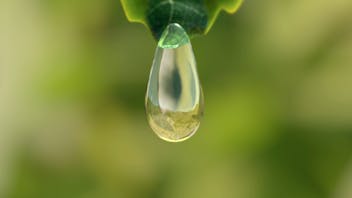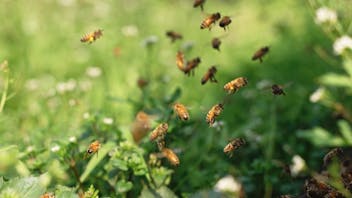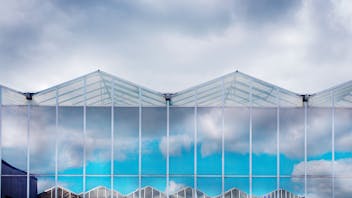Is Grodan contributing to space-based food systems of the future?
Many of today’s commonplace technologies stem from inventions in the aerospace industry. But sometimes, the roles are reversed. As the exhibition on Space Farming at Evoluon in Eindhoven shows, today’s indoor cultivation methods could provide the basis for human life in space. We’re proud to be contributing to food systems of the future that are designed to grow, from root to fruit, here on Planet Earth, for now.
Do you ever stop to think about the inventions behind the items we take for granted today?
Many of them actually stem from the American space programme. Just some of the everyday items originally developed by NASA include smartphone cameras, cordless vacuums, infrared ear thermometers, emergency blankets, scratch-resistant lenses and enriched baby formula. During my recent visit to the exhibition on Space Farming at Evoluon in Eindhoven, however, I realised that this process sometimes works the other way round.
Food revolution
The exhibition takes visitors on a journey into the food revolution that awaits us on planet Earth, and potentially in the realms beyond. The colourful, futuristic and thought-provoking displays have been put together by scientists, designers, farmers, philosophers and artists. One highlight is Margaret, the stainless-steel cow created by Those Vegan Cowboys, which aims to remove the “ineffective link in the modern dairy farming process” – i.e. the cow – to achieve animal-free production of dairy and therefore minimise the impact on nature.
Another highlight is ‘Future Perspectives’: a maze of dilemmas inviting people to question their food-related habits and choices, and encouraging them to discover new possibilities for themselves. There are also displays highlighting the potential roles of microalgae and insects as meat alternatives in future food systems.
Farm of the future
From within my role at Grodan, I was particularly excited to see an area devoted to the farm of the future: the “vegetable garden in space”. Ideally, the plants will grow quickly without too much work, and when they are harvested they will be full of aromatic flavour with a high concentration of nutrients. Various exhibits illustrate how this could work based on a vertical farm set-up. In one interactive display, visitors can adjust inputs including light, temperature, carbon, water and nutrients in an attempt to create the perfect growing conditions for tomatoes.
Needless to say, vertical farms are part of the Controlled Environment Agriculture (CEA) approach, which – rather than being something from science fiction – has already been proven to work successfully in today’s reality. In fact, clean, safe and highly nutritious fruits and vegetables are already being cultivated in countless high-tech greenhouses around the world every day. The use of Grodan’s soilless stone wool growing media within a precisely controlled irrigation strategy is just one example of how greenhouse technology and software enables growers to minimise their consumption of resources such as energy, water and pesticides, thus contributing towards a more sustainable world.
Investing in research and innovation
In a similar context, the Dutch current affairs TV programme Eenvandaag broadcasted a documentary on how the aerospace and greenhouse industries are working together and discussing solutions that could allow fresh produce to be grown in space in the future. However, if we can all continue collaborating and sharing knowledge, it hopefully won’t be necessary for humankind to move to Mars. At Grodan, we’re certainly continuing to invest in research and innovation to help tackle the world’s sustainability challenges so that we can build a food system for the future here on Planet Earth.









